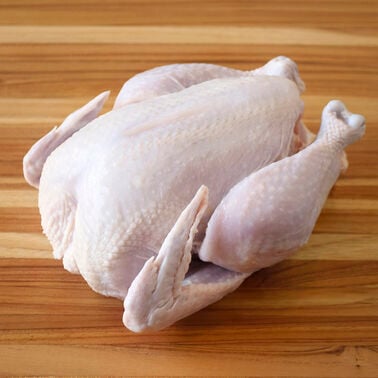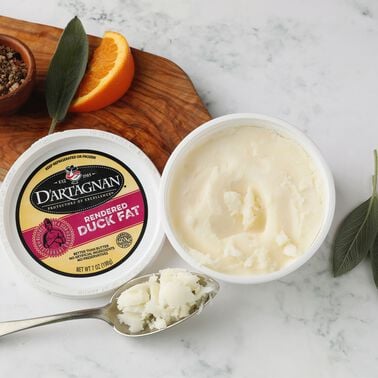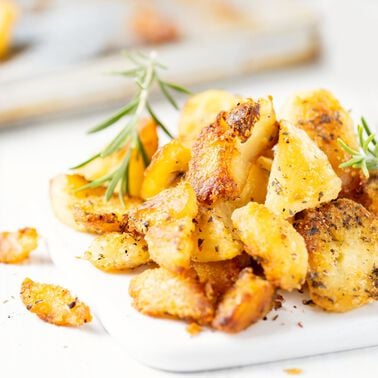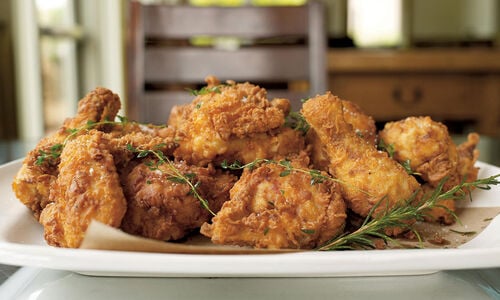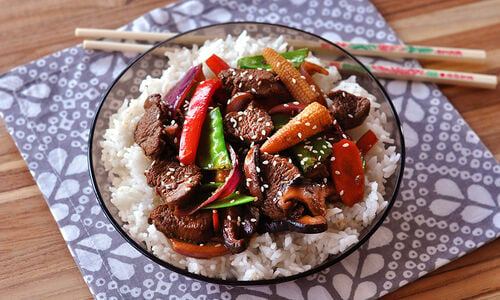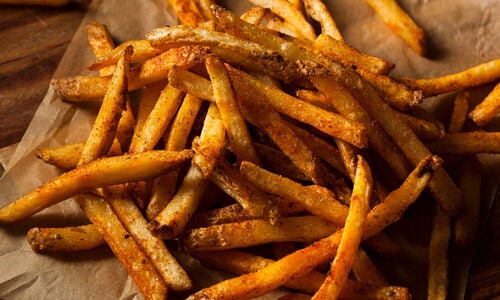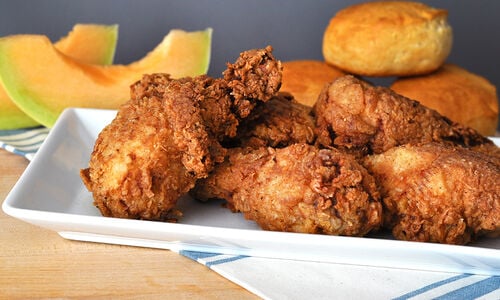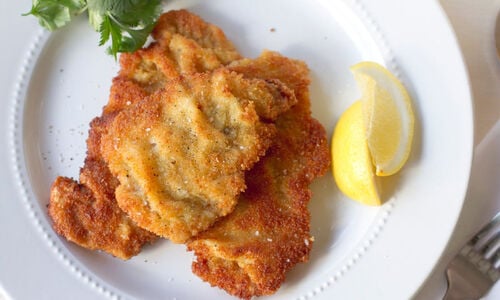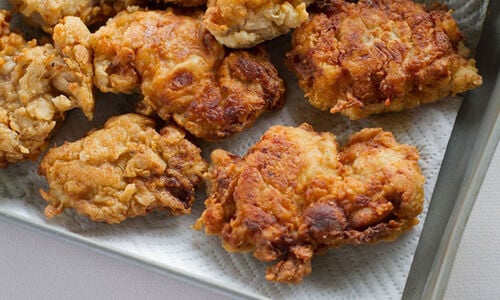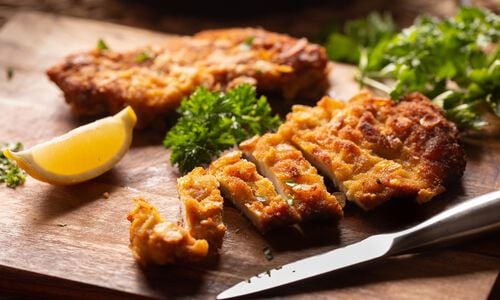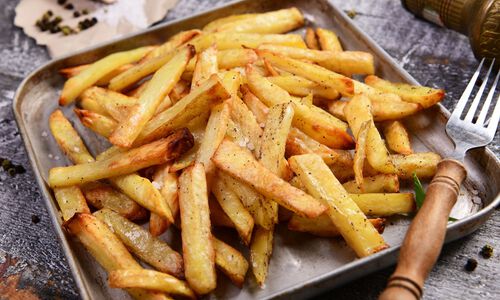
What Can be Deep Fried?
Just about anything can be deep fried as long as it will hold its shape in hot oil. While more popular and traditional choices include fried chicken, fish, croquettes, and french fries, Americans as of late have been experimenting with all kinds of different fried foods. Some dishes, like fried pickles, have staying power while others, such as fried candy bars and even fried butter, are passing fads. Or at least we hope they are.
Once you have decided on the food that you want to fry, experiment with it until you have found a version with a uniform shape and texture that stands up well to hot oil.
To Batter or Not to Batter
The hallmark of great deep-fried food is a crisp outer shell and tender interior. While some foods, like potatoes and plantains, will form a natural shell when fried, others like chicken and pickles will not.
By using a coating of batter, a barrier can be formed between the oil and food, leaving the outside brown and crisp and the inside tender and moist. Batters are made of a mixture of milk, flour, eggs, and water; food is dipped in the batter before being placed in hot oil.
Breadcrumbs can also be used to form a barrier between the oil and the food. When using breadcrumbs, food is dipped first in a raw egg mixture, then in the breadcrumbs to ensure that they adhere correctly.
Quick Tips
- Deep frying can be performed in a deep fryer or a heavy-bottomed pot with high sides, such as a Dutch oven. In industrial kitchens, a pressure fryer may also be used.
- Oil used for deep frying should be heated to between 345 and 375° degrees F; oil that is too hot will burn the food’s outer shell, and oil that isn’t hot enough will make for food that is soggy and excessively oily.
- Any oil with a low smoking point (whose internal components don’t break down at high temperatures) can be used for deep frying. Good choices include peanut oil, canola oil, duck fat, and lard, or a combination.
- When deep frying, make sure that you use enough oil to fully immerse your desired food. If the food is not fully immersed, it will not cook uniformly.
- Do not add too many items to your oil all at once. This can lower its core temperature and cause food to cook incorrectly.
- Use tongs to place your food into and remove it from the oil. Do not drop it into the oil as this can cause it to splash and can lead to physical injury.
- When you remove the food from the hot oil, place it on a dish lined with paper towels to absorb any excess oil.
- When prepared correctly, deep frying is a delicious way to enjoy a number of different foods using little more fat than sautéing or pan frying.
